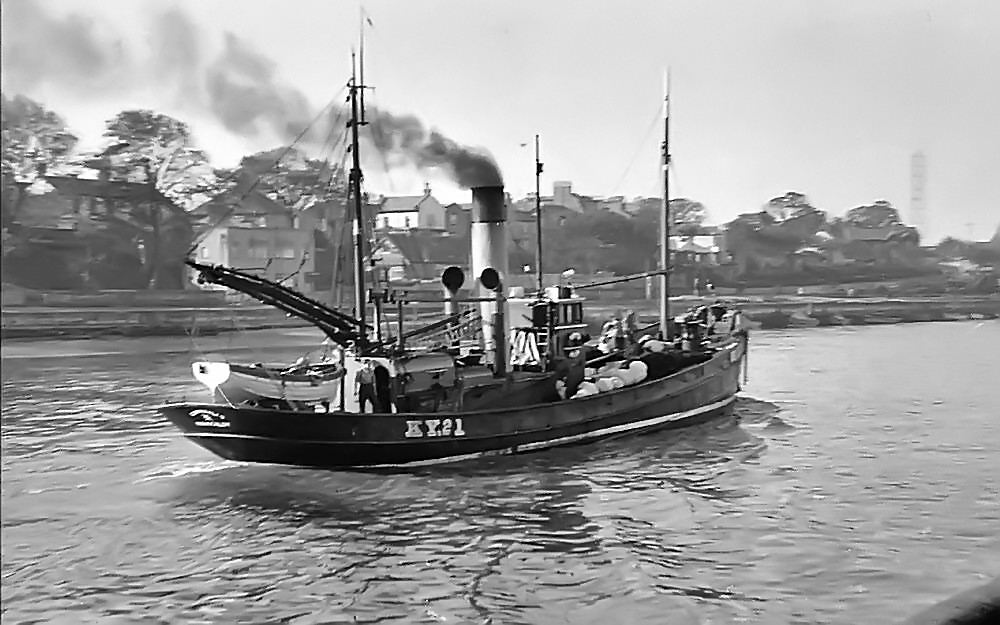The call of the gulls
I was born within the sounds of the sea, May 1932, in the fishing village of Kessingland, Suffolk on the North Sea coast.
My father was a skipper of a herring drifter in the port of Lowestoft and mother was a beatster (net maker/ mender).
In spite of what has been written about the herring bonanza in the twenties and thirties, there were more than 1000 boats all chasing the herring and not all earned a living. Our village had the reputation of the richest village in the United Kingdom and the only thing that kept many families going was the generosity of local tradesmen and the more wealthy boat owners.
My story is from the tender age of 4 years and because my father was working from his home port was able to take me out on the Sundays mornings and yarn with his friends. However, this particular morning, from my perch on his shoulders, I noticed that the path he took was away from his normal direction of the pub. I also noticed that there were many more people all walking in the same direction to the beach at the northern end of the village; we climbed down the cliff and saw spread out on the sand, were four beached Scottish drifters all pointing in different directions and all laying on their sides.
In between the boats I saw all the debris of wrecked ships and amongst that were the sand covered bodies each in a small pool of water created by the swirling, falling tides. We stood for a few moments in complete silence, apart from the call of the gulls hovering above. I remember to this day looking up at my father and seeing large tears rolling down his cheeks and my mind as a child asked myself the question, if he was crying who had smacked him. I saw others on their hands and knees in the wet sand, praying.
My father picked me up and sat me down in a large clump of Mirram grass planted in the beach in an attempt to slow the erosion of the sea, he then went with others and collected bodies which they carefully placed upon net barrows, normally used to transport nets and gear across the beach. At the top near the cliff base others had carefully collected torn sails and hatch covers and laid the bodies in neat rows. Some of the women from the village removed as much sand as possible before covering the poor bodies.
The following Sunday many of the village children hid behind the fence opposite the pub, because this was where the fishermen gathered to gossip before the pub opened and this is where we picked up tipbits of news and we were curious to find out more about the previous weeks tragedy, not a word was said on the subject, however I was able to tell my maternal grandmother that my friend ——— was going to have a brother or a sister, my grandmother was very pleased at he news so she was able to provide the Monday morning butchers queue with hot off the press information.
Written by: John Catchpole
Note: The image above of the herring drifter is a typical looking herring drifter but not however, one of those referred to in the story.
John Catchpole
Latest posts by John Catchpole (see all)
- The call of the gulls - April 3, 2013



















